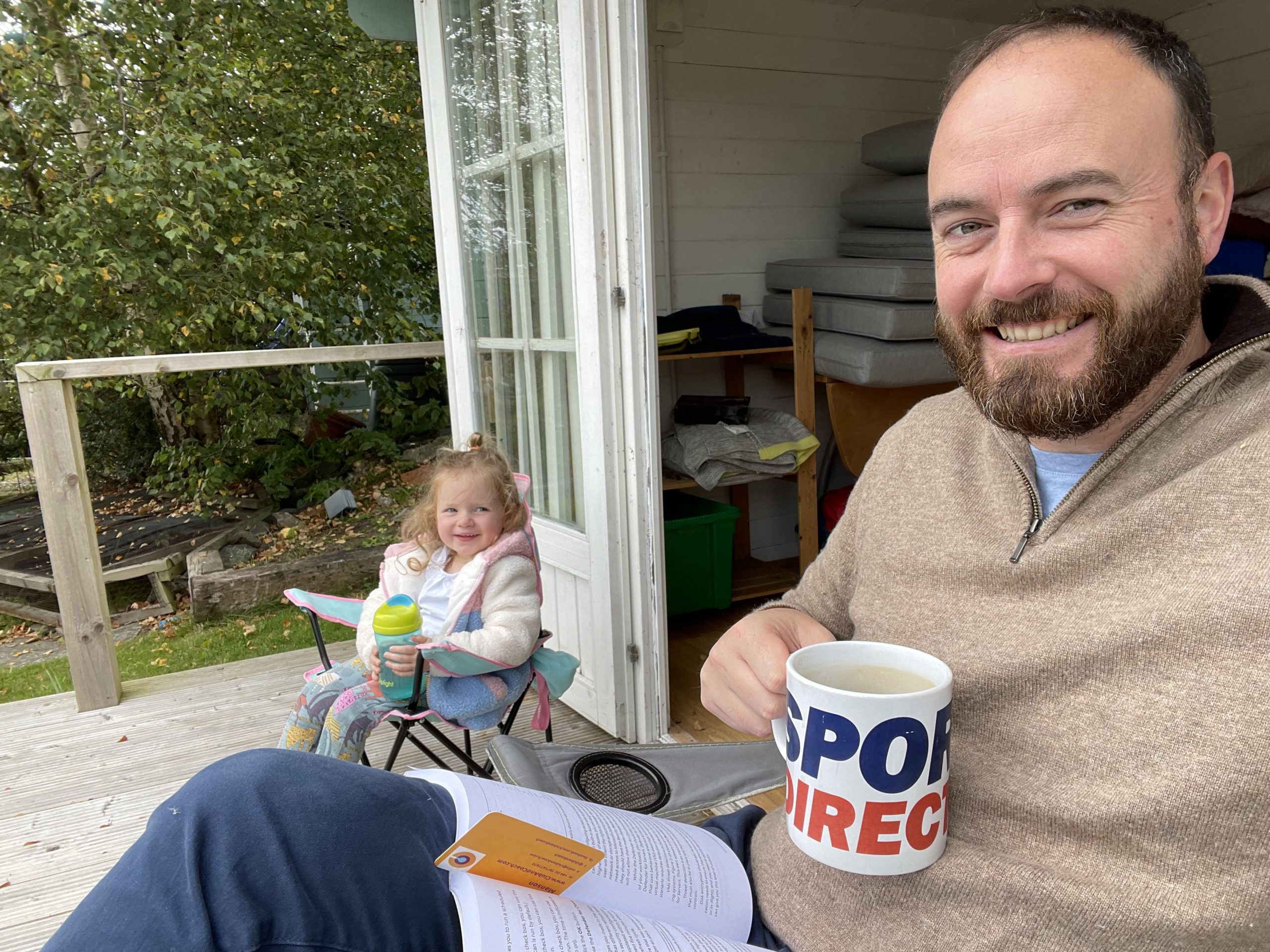Unlock the full potential of tea through this comprehensive guide, exploring all the tips and science of tea brewing and tips to make the perfect cup. Brewing tea is considered an art, and as with any art, it requires precision. We’ll dive into why water temperature is so important in the brewing process, how different types of tea responds to specific temperatures, and how to brew the perfect cup in various circumstances.
Why does water temperature matter for a perfect cup of tea?
Understanding the link between tea brew and water temperature
The type of tea you’re brewing dictates the water temperature required to bring out the best flavors. Too hot or too cool water can lead to under-extraction or over-extraction, affecting overall tea taste. Consequently, a lower temperature might not adequately infuse the tea, while water that’s too hot can cause bitterness.
The effect of water temperature on different types of tea
An ideal temperature ensures various compounds and antioxidants in different types of tea are optimally extracted, thereby affecting the flavor. Green, white, and oolong teas need a somewhat lower temperature compared to black tea, aiding in capturing their subtle notes without burning the leaves.
Why brewing tea at the best temperature makes the perfect cup
Every tea drinker seeks the perfect blend of aroma and flavor in their cup. To achieve this perfection, maintaining the right brewing temperature is critical. This factor, combined with brewing time and the quality/type of tea leaves used, is the key to the perfect cup.
How do different types of tea respond to various temperature guides?
Temperature guide for black tea brewing
Black tea benefits from a relatively higher brewing temperature of around 90-95°C. This high temperature aids in fully extracting the robust flavors that black tea is famously known for. Achieving the best results with yellow tea requires filtered water and care not to overheat, leading to bitterness.
Ideal water temperature for brewing green and white tea
Green tea and white tea require cooler water temperatures, between 70-85°C, to draw out their delicate flavors. Using water that’s too hot could interfere with the tea’s natural sweet and floral notes, making it seem bland or overwhelmingly bitter.
How does water temperature affect oolong and pu-erh tea?
Oolong tea favors a temperature guide between 85-90°C depending on the variety. Pu-erh, the most flexible type, responds well to boiling water of about 100°C, fully revealing its rich, earthy flavors.
What’s the process to brew the perfect cup of tea with the right temperature?
Step by step guide to brewing the perfect cup of leaf tea
The journey to a perfect cup begins with selecting the right tea. To brew, heat the water to the correct temperature, add the right amount of tea to the pot, pour hot water, and let it steep. The brewing time varies with each type of tea but plays a crucial role in flavor extraction alongside temperature.
How to make sure the water is at the right temperature to brew tea
Having a kettle with a built-in thermometer can help in reaching the ideal temperature. Another practical approach is the stovetop method where small bubbles indicate a lower temperature, and large rolling bubbles suggest water is near boiling.
The role of kettle in reaching the perfect tea brewing temperature
The kettle plays an essential role in the tea-brewing process. Using a kettle with temperature settings can simplify the process and ensure the water is at the correct temperature for each type of tea. A stainless-steel kettle is an excellent choice for its even heat distribution.
Tea bags vs Loose leaf tea: Does temperature guide make any difference?
Convenience vs temperature control: brewing using tea bags
Tea bags provide convenience but not necessarily control over the water temperature. Given the smaller size of the tea in tea bags, water that’s too hot or a brewing period that’s too long can easily lead to a bitter taste. Hence, ensuring the correct temperature is crucial when using tea bags.
Unlocking aroma with the perfect water temperature for loose leaf tea
With loose leaf tea, water at the perfect temperature can help unlock complex aromas and flavors that water heated an improper temperature might not. It allows the user to control the strength of their tea, making it a choice for many tea connoisseurs.
Common missteps in tea brewing and how to avoid them?
Overheating and underheating: impact of incorrect temperature on tea brewing
Overheating can lead to a bitter taste, while underheating can result in a flavorless or bitter brew. Using a thermometer or a kettle with temperature control can be handy to avoid such errors.
Misjudging the amount of tea per cup: Does temperature play a role?
Using too much tea can overpower the brew, while too little might render it tasteless. The temperature can influence how much of the tea’s components are extracted, thus impacting the flavor, irrespective of the quantity of tea.
Is drinking tea made from boiling water a good practice?
Boiling water can serve well for some types of tea like Pu-erh and some black teas. However, delicate teas like some green teas and white tea can become bitter if brewed in boiling water. Thus, knowing the best temperature guide for each type of tea aids in steering clear from these errors.
###
Q: What is the ideal tea temperature for brewing green tea?
A: The ideal tea temperature for brewing green tea is between 160°F-180°F (70°-82°C). Using water that’s too cool or too hot can affect the taste significantly and may scald the delicate green tea leaves.
### ###
Q: How much tea should I use for brewing a perfect cup of tea?
A: Generally, a perfectly brewed cup of tea depends on the variety of tea you’re using. For most teas, use 1 teaspoon of tea per 8oz of water. However, you might want to adjust this depending on how strong you prefer your tea.
### ###
Q: Which teas are best brewed at a lower temperature?
A: Teas like green tea, white tea and certain types of oolong tea are best brewed at lower temperatures. Typically, the more delicate the tea, the lower the water temperature should be. This is to avoid scalding the tea leaves and extracting bitter flavors.
### ###
Q: Does the water temperature for tea drastically affect the tea drinking experience?
A: Yes, the right water temperature for your tea can greatly impact the taste and overall tea drinking experience. Brewing tea at the wrong temperature can result in a cup of tea that tastes bitter or lacks flavor.
### ###
Q: Is there a comprehensive tea brewing temperature guide?
A: Yes, here is a basic guide to tea brewing temperatures: Green tea: 160°F-180°F (70°-82°C), Oolong tea: 185°F-205°F (85°-96°C), Black tea: 194°F-205°F (90°-96°C). Herbal teas typically require fully boiling water, around 212°F (100°C).
### ###
Q: What’s the process of brewing black tea correctly?
A: To brew black tea perfectly, use fully boiling water at around 194°F-205°F (90°-96°C). Additionally, black tea usually steeps for longer periods than other teas – typically 3-5 minutes. It’s also recommended to pour boiling water directly over the tea leaves to fully extract their flavor.
### ###
Q: How does oolong tea falls in regards to brewing temperatures?
A: Oolong tea falls right in between green and black tea when it comes to brewing temperature. Generally, brewing oolong tea should be brewed at 185°F-205°F (85°-96°C). This variety of tea is semi-oxidized, which is why the brewing temperature is higher than for green tea but still less than for black tea.
### ###
Q: How much tea should I use when brewing green tea?
A: When brewing green tea, it’s recommended to use about one teaspoon of green tea leaves per eight-ounce cup. Again, water temperature is crucial—aim for water between 160°F-180°F (70°-82°C).
### ###
Q: Can I brew herbal tea and chai tea using the same temperature?
A: Yes, both herbal tea and chai tea generally require fully boiling water. Other factors such as steeping time and the amount of tea used will vary, but in terms of temperature, both types can be brewed with the same hot boiling water.
### ###
Q: What’s the correct way to make tea that provides the best flavor?
A: To make tea that provides the best flavor, start by selecting quality tea leaves. Use the correct water temperature for your specific type of tea using a temperature guide. Steep for the recommended amount of time. Avoid over-steeping as this may lead to a bitter flavor.
###

